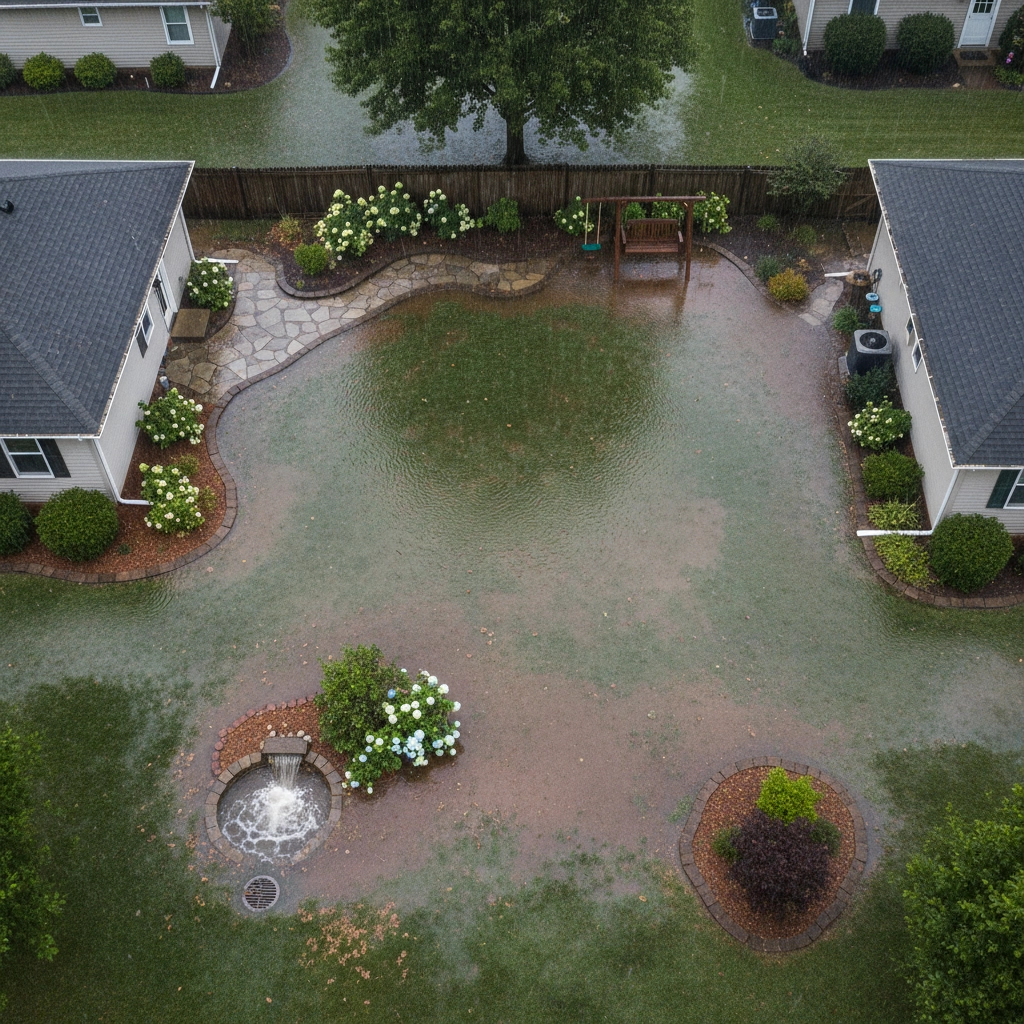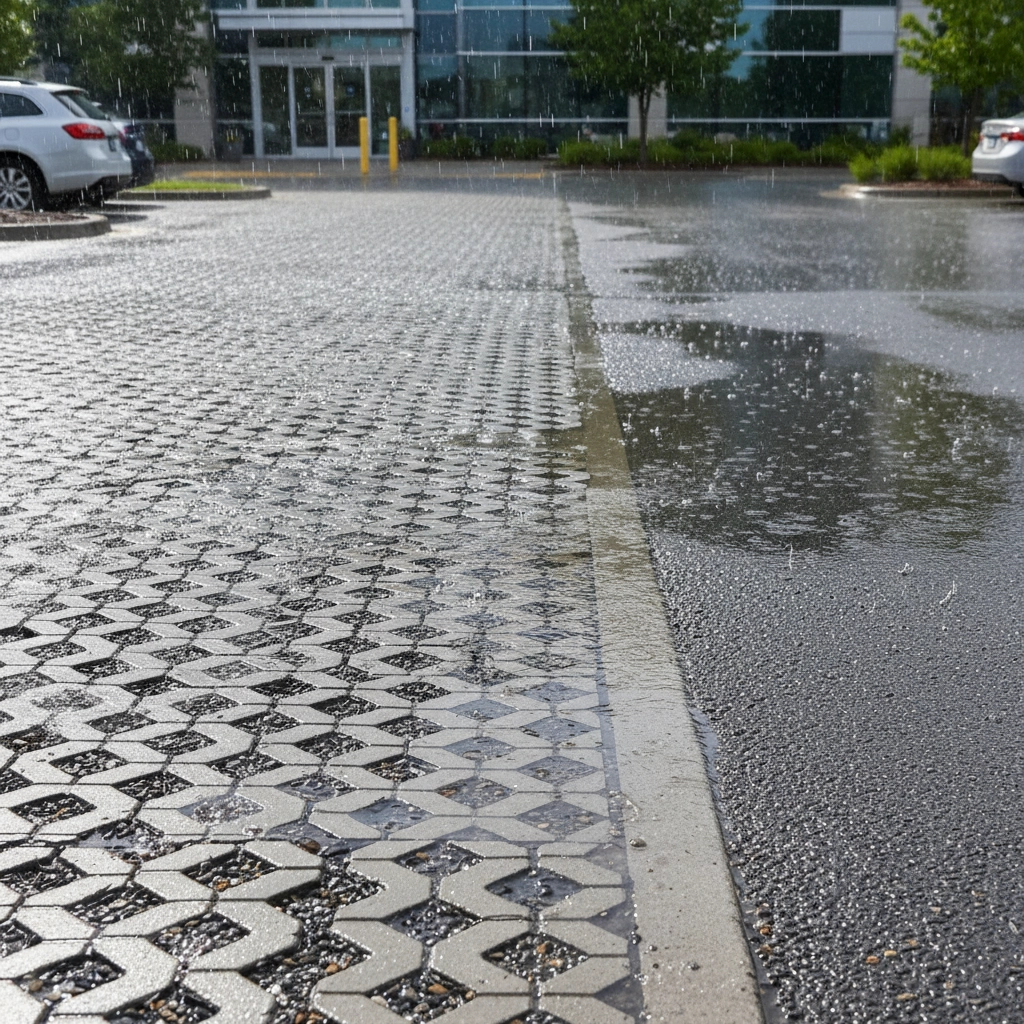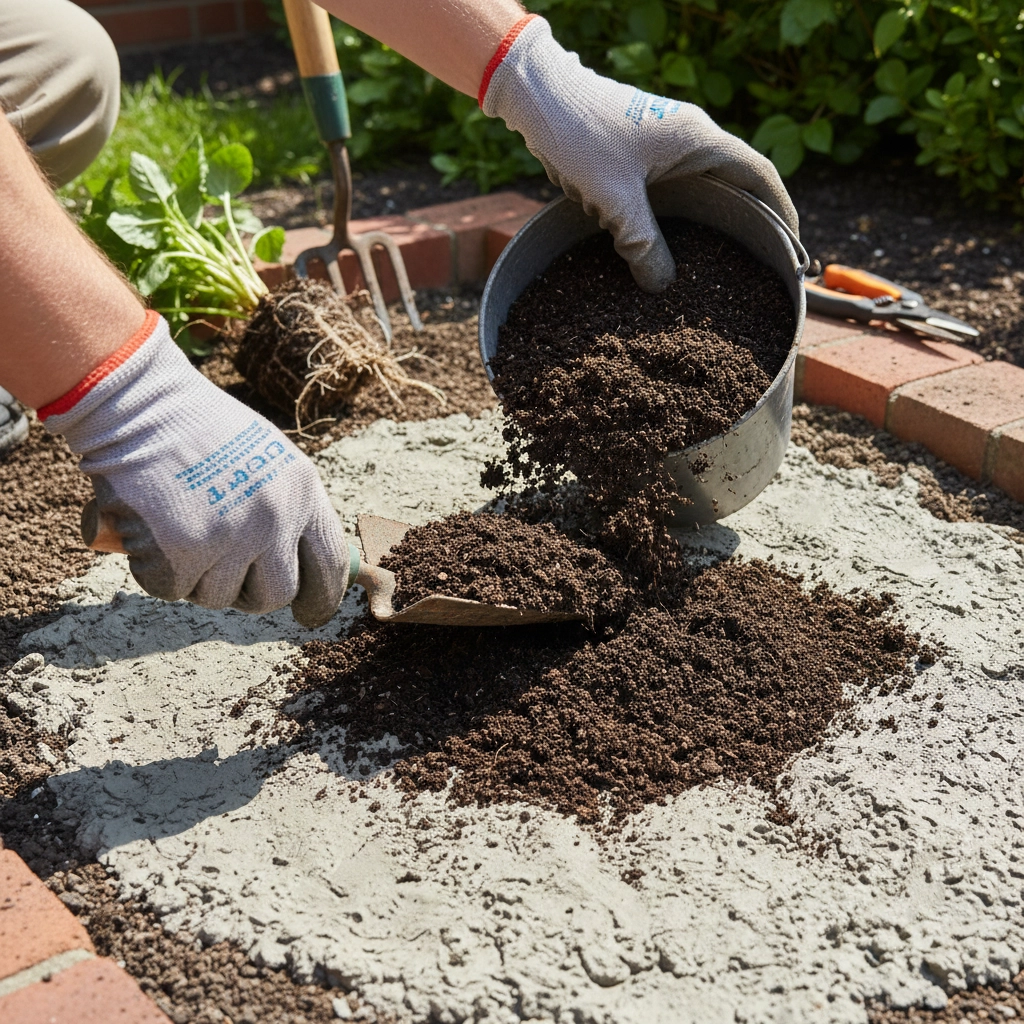Are Traditional Drainage Solutions Dead? 5 Climate-Resilient Alternatives for Northeast Ohio's Clay Soils
If you're dealing with standing water, soggy lawns, or flooded commercial areas after every decent rainstorm in Northeast Ohio, you're not alone. Traditional drainage solutions that worked for our parents and grandparents are struggling to keep up with today's climate realities. But are they completely dead? Not exactly: but they definitely need some serious backup.
Here's the thing: Northeast Ohio's unique combination of clay-heavy soils and increasingly intense weather patterns is pushing old-school drainage systems to their breaking point. The good news? There are some innovative, climate-resilient alternatives that actually work better than what we've been doing for decades.
Why Traditional Drainage Is Struggling in Northeast Ohio
Let's be honest: Northeast Ohio wasn't dealt the easiest hand when it comes to drainage. Our clay-heavy soils are notorious for holding onto water like a sponge that's already full. When you combine that with the reality that storms are getting more intense and more frequent, those traditional pipe-and-pond systems just can't handle the load anymore.
The clay soils that cover much of our region have incredibly slow infiltration rates. What does that mean in plain English? Water sits on top instead of soaking in. Add in more frequent storm events and you've got a recipe for persistent standing water, erosion, and all the headaches that come with poor drainage.

But there's another layer to this problem: many municipalities are cracking down on runoff and impermeable surfaces. Property owners are finding that they need solutions that don't just move water away quickly: they need systems that actually manage and treat stormwater on-site.
Five Game-Changing Alternatives That Actually Work
1. Rain Gardens: The Workhorses of Modern Drainage
Think of rain gardens as nature's way of handling drainage problems. These aren't just pretty landscaping features: they're engineered systems that capture, filter, and slowly release stormwater.
Research from cities like Willoughby, Eastlake, and Mentor shows that stakeholders consistently prefer rain gardens over traditional solutions. While they might not handle the biggest storms (those once-in-a-decade deluges), they absolutely crush it when it comes to the frequent, smaller rainfall events that cause most of our day-to-day drainage headaches.
Here's what makes them work: rain gardens are designed with specific soil mixes that drain better than our native clay. The plants aren't just decorative: they're chosen for their ability to soak up water and create root channels that improve soil structure over time.
Pro tip: Adding pebbles to rain garden soils can boost infiltration capacity for years after installation. And keeping them relatively shallow actually maximizes their effectiveness through evapotranspiration.
2. Permeable Pavement: The Overachiever
If you're looking for the MVP of drainage solutions, permeable pavement might be it. Studies in Northeast Ohio show that permeable pavement systems significantly outperform other green infrastructure options when it comes to runoff reduction.
We're talking about 4% to 19% reduction in peak runoff for moderate storms, and 3% to 15% reduction even for major storm events. That might not sound massive, but when you're dealing with flooding and drainage issues, every percentage point matters.

The beauty of permeable pavement is that it works where you need it most: in areas that would otherwise be completely impervious. Parking lots, driveways, walkways: all the places where traditional surfaces just dump water into an already overwhelmed system.
3. Bioswales: The Team Players
Bioswales are essentially vegetated channels that capture, treat, and slowly release stormwater. They work particularly well as part of integrated systems: think of them as the connective tissue between other drainage solutions.
The magic happens when you combine bioswales with rain gardens and permeable pavement. Research shows that these multi-approach systems create tremendous opportunities to manage runoff effectively, especially in commercial and residential developments where you have the space to implement multiple solutions.
Bioswales also bring aesthetic and ecological benefits that traditional drainage pipes can't match. They filter pollutants, provide habitat, and can be designed to complement existing landscaping.
4. Soil Organic Matter Enhancement: Fixing the Problem at Its Source
Here's an approach that tackles the root cause of drainage problems in clay soils: improving the soil itself. Increasing organic matter in clay soils dramatically improves their ability to absorb and manage water.
This isn't just about adding some compost and calling it a day. We're talking about strategic approaches like:
- Incorporating high-quality compost and stable organic materials
- Using cover crops that add biomass to the soil
- Reducing tillage to preserve soil structure
- Adding perennial plants that create permanent root channels

The payoff is huge: soils with higher organic matter handle both wet and dry periods better. They absorb more water when it rains and retain more moisture during dry spells.
5. Engineered Soil Systems with Compaction Prevention
Sometimes the best solution is preventing the problem in the first place. Soil compaction is a major contributor to drainage issues in Northeast Ohio, and it's often caused by working with heavy equipment on wet soils.
Compacted subsoil creates permanent drainage problems. The solution involves both prevention (avoiding heavy equipment on wet soils, keeping axle loads under control) and remediation (specialized decompaction techniques, engineered soil replacement in critical areas).
When done right, engineered soil systems can include drainage features that work with the improved soil structure to create long-term resilience against both drought and flooding.
Making It Work: Implementation Tips for Property Owners
The most effective approach isn't picking one solution: it's combining multiple strategies based on your specific site conditions. A residential property might benefit from rain gardens combined with soil improvement, while a commercial property might need permeable pavement integrated with bioswales.
Start with a drainage assessment that looks at your specific soil conditions, slope, and water flow patterns. Consider factors like maintenance requirements, local regulations, and long-term performance when selecting solutions.

Don't forget about stakeholder engagement if you're dealing with commercial or multi-family properties. The most technically perfect solution won't work if property managers or tenants can't or won't maintain it properly.
The Bottom Line: Evolution, Not Revolution
Traditional drainage solutions aren't dead: they're evolving. The future of drainage management in Northeast Ohio lies in nature-based systems that work with our challenging clay soils instead of fighting against them.
These climate-resilient alternatives offer better flood mitigation, improved water quality, and the flexibility to adapt to increasingly unpredictable weather patterns. Plus, many of them provide additional benefits like reduced maintenance costs, improved property values, and enhanced aesthetics.
The key is understanding that effective drainage in today's climate requires a more sophisticated approach than simply moving water away as fast as possible. The best solutions capture, treat, and manage stormwater while building long-term resilience against both flooding and drought.
Ready to move beyond traditional drainage headaches? Contact LeafStone Landscapes to discuss climate-resilient drainage solutions that actually work with Northeast Ohio's unique conditions. Our team specializes in integrated systems that solve drainage problems while enhancing your property's value and functionality.


